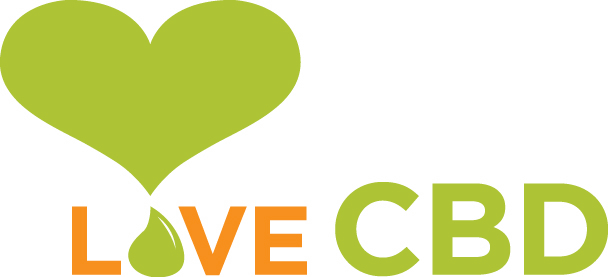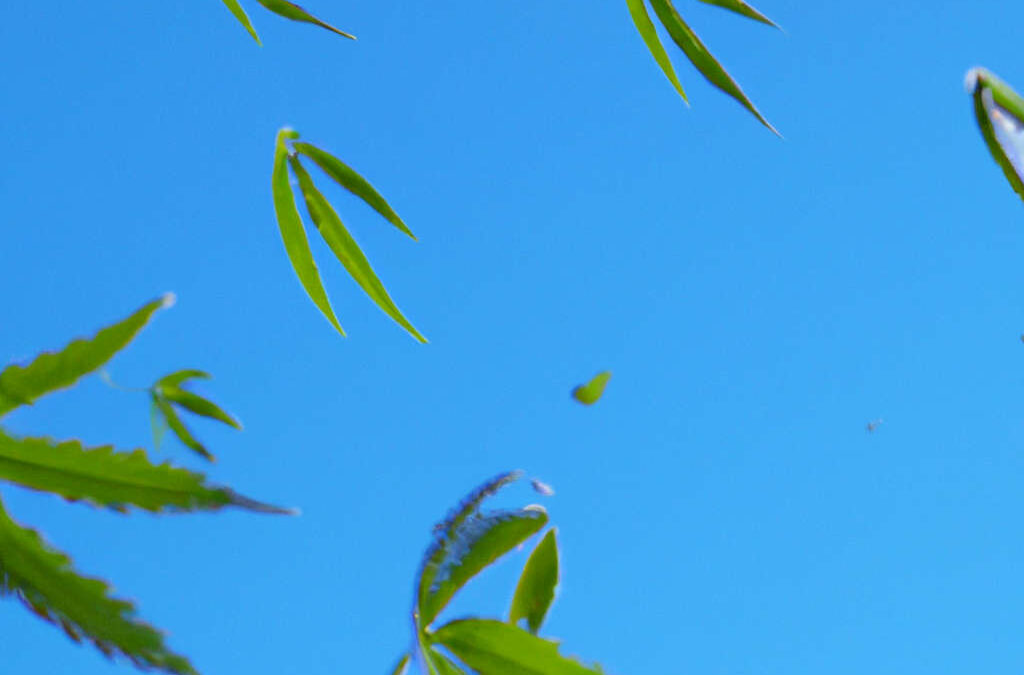CBD might feel like a new phenomenon, thanks to the buzz surrounding the compound. But, did you know? Its history dates (way) back to 4000 BC. It may have taken us a while to realise the full potential of the cannabinoid, but the plant it’s extracted from, hemp, has been hailed a health hero for centuries.
So, let’s delve into the history of hemp, cannabis and cannabidiol to see how it became the popular compound it is today…
Where Did CBD Originate?
The easy answer? Hemp and cannabis plants, which are abundant in CBD’s plant-powered goodness. However, their history begins in 4000 BC, when hemp was used mainly for cultivating land in China. Throughout history, hemp has continued to spread across civilisations, with most early societies using it for food, oil, medicine, narcotics, and hempen fibers. In fact, some tribes, like the Hottentots in Africa, valued hemp – or what they referred to as ‘dagga’ – more than gold. Many other cultures regarded hemp as a sacred commodity, and either burned it or wore it during ceremonies.
1533: King Henry VIII Orders Farmers To Grow More Hemp
Long before we knew about the bountiful cannabinoids found on the leaves and flowers of hemp, British royalty was lauding the plant for its salt water-resistant properties. It was used to make sails and thick ropes for the Navy, and proved a great alternative to cotton, as hemp was found to grow much quicker. This was especially important for English forces when the struggle for power in Western Europe became a struggle for sea domination by the fifteenth century.
Because of this, King Henry VIII mandated all farmers to sow a quarter of an acre of hemp for every 60 acres they owned, or they had to face a fine of three shillings and fourpence. The penalty for breaking this law was about a year’s wage for a household servant.
Queen Elizabeth repeated the decree in 1563, ordering farmers to grow even more hemp, this time with stiffer penalties for breaking the law. Henry’s and Elizabeth’s preparations paid off in 1588, when England’s hemp-outfitted ships thrashed the Spanish Armada.
Colonists even took hemp with them when they left England for America. They arrived in the ‘New World’ on ships that used hemp ropes. The plant-based material was also utilised for lamp fuels and paper, and even the draft of the Declaration of Independence was written on hemp paper.
1839: Scientists Research The Possible Effects of Cannabis
Cannabis gained new attention in the Western medical world at the introduction of the Irish physician and medical researcher, William B. O’Shaughnessy. O’Shaughnessy initially trained and studied in Great Britain, and eventually joined the British East India Company to continue his research and practice medicine.
In his studies, he published papers validating the use of cannabis throughout India. He investigated the effects it has on reducing the symptoms of illnesses, and even conducted a series of experiments to establish the doses that could be tolerated.
On his return to Britain in 1842, O’Shaughnessy brought with him a quantity of cannabis. His study was the first of its kind for cannabis, although his findings were considered controversial at the time of its publication. The medical claims of these early users opened knowledge for medical and scientific advances, leading other researchers to discover CBD and THC.
By 1890, cannabis plants were widely used for a variety of ailments, but perhaps their most notable usage was for dysmenorrhea (or menstrual cramps). It is during this time when the royal family physician, Sir J. Russel Reynolds, prescribed Queen Victoria a tincture of cannabis for her menstrual pains.
1940: Cannabinoids Are First Discovered In Cannabis Plants
In a big step towards the discovery of CBD, O’Shaughnessy’s study was published and, as a result, called attention to the possibility of other compounds within cannabis plants.
Cannabidiol (AKA CBD) was then discovered by a professor at the University of Illinois called Roger Adams, who successfully isolated the compound. However, he wasn’t aware of his incredible success until years later, when he and other scientists realised exactly what he had accomplished. His research also hypothesised the existence of another compound known as Tetrahydrocannabinol (THC), which was isolated in 1964 by Dr. Raphael Mechoulam.
Dr. Mechoulam not only discovered THC, but he also identified the stereochemistry of CBD and THC, which revealed a direct relationship between cannabinoids and the euphoric effects associated with cannabis use.
1998: The British Government Orders Cannabis Growth For Clinical Trials
Keen to better understand the effects of cannabis and CBD, the British government contracted a company called GW Pharmaceuticals to grow cannabis for clinical trials. Dr. Geoffrey Guy, the co-founder of GW, believed that CBD-rich plant varieties could create an effective medicine for numerous health issues with little to no psychoactive effect.
In his report at the International Cannabinoid Research Society in the same year, he talked about CBD. He alleged that not only might it counteract the psychoactive effects of THC in the plant, but CBD might also offer a potential host of benefits. This was a landmark report for the CBD world, which paved the way for further clinical trials to be conducted, observing the compound’s potential uses.
The Use of CBD today – and In The Future
Over the years, the CBD industry has grown to impressive heights, with CBD products becoming part of daily self-care routines across the globe. CBD oils and edibles (including ours) have even been approved for use in professional sports, after the World Anti-Doping Agency (WADA) gave them the all-clear in 2018.
However, while CBD with less than 1mg of THC per container is legal in the UK, the Medicines and Healthcare Products Regulatory Agency (MHRA) tightened laws around medical claims for CBD in 2017. They mandated that CBD brands could not state their products have any medicinal benefits, and that all CBD oils and CBD edibles must be classed as food products.
But that hasn’t stopped the CBD business from blowing up, with fans of the compound using it in everything from hemp tea, to CBD balms, to CBD vaping oils. Meanwhile, CBD oils have become easier to use than ever before, with our CBD Entourage Oil Spray giving you a burst of plant-powered, cannabinoid-rich goodness in a simple spray format.
So, what’s next for CBD? The Food Standards Agency (FSA) in February 2020 announced that the CBD industry had a year to become novel food compliant and submit the required product information to satisfy the FSA’s novel food process. An additional step that the FSA took was to only allow products that had been on the market before February 2020 to continue to trade. To support the process, we have provided a comprehensive dossier about our products and manufacturing processes, including stability studies and extensive lab testing data. This is to ensure safety, consistency and novel food compliance of our products.
We – and the rest of the CBD industry – are now waiting for a list of approved products to be published on the FSA website, before trading standards and local authorities take action against brands that are not included and thus non-compliant. The degree of enforcement is yet to be determined, but an update is thought to be coming soon. Watch this space.
Love CBD is a small family-run CBD shop that offers high-quality cannabis oil, establishing a leading brand for CBD capsules, balm, and sprays in the UK. Visit us at www.lovecbd.org or contact us at [email protected].



